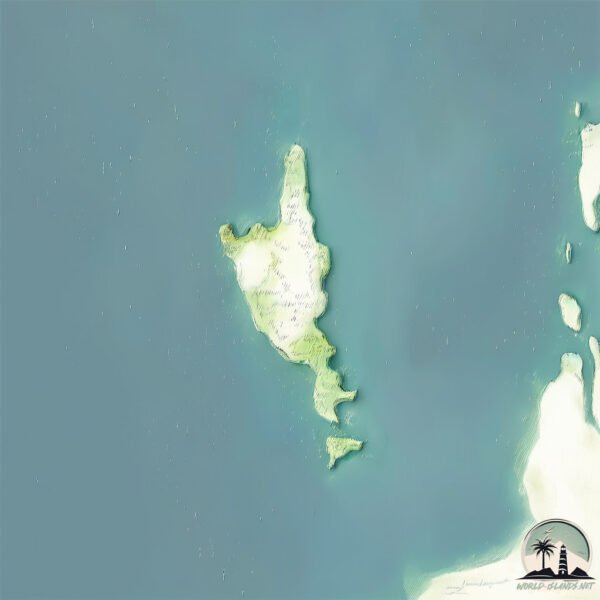Welcome to Dese , a Dry island in the Red Sea, part of the majestic Indian Ocean. This guide offers a comprehensive overview of what makes Dese unique – from its geography and climate to its population, infrastructure, and beyond. Dive into the details:
Geography and size of Dese
Size: 7.026 km²Coastline: 22.1 kmOcean: Indian OceanSea: Red SeaContinent: Africa
Dese is a Small Island spanning 7 km² with a coastline of 22.1 km.
Archipel: –
Tectonic Plate: Arabia – A major tectonic plate covering the Arabian Peninsula and parts of the Middle East. The plate is primarily continental and known for its collision with the Eurasian Plate, leading to the uplift of the Zagros Mountains.
The geographic heart of the island is pinpointed at these coordinates:
Climate and weather of Dese
Climate Zone: DryClimate Details: Hot Deserts ClimateTemperature: Hot
Climate Characteristics: Dominated by extremely hot temperatures, this climate is marked by minimal rainfall and barren landscapes. Nights often experience drastic temperature drops.
Topography and nature of Dese
Timezone: UTC+03:00Timezone places: Asia/RiyadhMax. Elevation: 19 m Mean Elevation: 10 mVegetation: ShrublandTree Coverage: 46%
The mean elevation is 10 m. The highest elevation on the island reaches approximately 19 meters above sea level. The island is characterized by Plains: Flat, low-lying lands characterized by a maximum elevation of up to 200 meters. On islands, plains are typically coastal lowlands or central flat areas.
Dominating Vegetation: Shrubland
Vegetation: 4 vegetation zones – Diverse Island
Infrastructure and Travelling to Dese
Does the island have a public airport? no .
Does the island have a major port? no .
The mean population of Dese is 34 per km². Dese is Gently Populated. The island belongs to Eritrea .
Continuing your journey, Dohul is the next notable island, situated merely km away.
Surviving 50 Hours on a Deserted Island!
Can the Ninja Fam Survive 50 Hours on a Deserted Island? Diablo Cay, also know as Devil island is located in the south western ...
Surviving 50 Hours on a Deserted Island!
Can the Ninja Fam Survive 50 Hours on a Deserted Island? Diablo Cay, ...
Can the Ninja Fam Survive 50 Hours on a Deserted Island? Diablo Cay, also know as Devil island is located in the south western ...
World’s Most Dangerous Island | Koh Tao • Desi Crime
Summer is here and the heat is setting us all ablaze. Sweltering ...
Summer is here and the heat is setting us all ablaze. Sweltering temperatures across the world make us all want to run away to an ...
Turkey Istanbul Island Prince Memorable Vist with Awais Ahmad Ghumman Must Watch
awaisghummansialkoti #desi #foryou #islamicvideo #motivationalspeaker ...
awaisghummansialkoti #desi #foryou #islamicvideo #motivationalspeaker #pakistan #punjabi #trending #trendingvideo #vlog.
Eritrea is classified as Least developed region: Countries that exhibit the lowest indicators of socioeconomic development, with the lowest Human Development Index ratings. The level of income is Low income.
News – Latest Updates and Headlines from Dese
Stay informed with the most recent news and important headlines from Dese. Here’s a roundup of the latest developments.
Loading...
Please note: The data used here has been primarily extracted from satellite readings. Deviations from exact values may occur, particularly regarding the height of elevations and population density. Land area and coastline measurements refer to average values at mean high tide.

